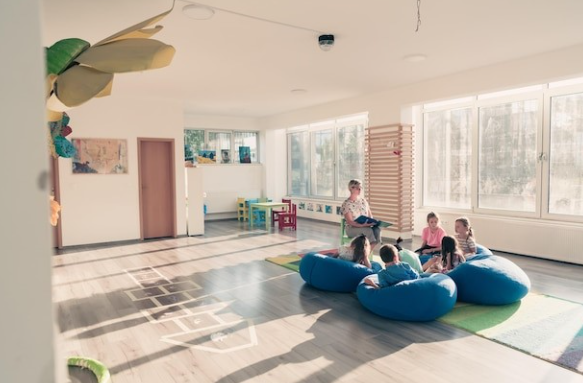The Shawono Center is a state juvenile facility located in Grayling, Michigan, which is currently in the middle of multiple disturbing sexual abuse lawsuits. The facility, which is operated by the MDHHS (Michigan Department of Health and Human Services), has been accused of having an abusive culture that existed for years and allowed workers and other residents to sexually exploit children.
Victims who underwent the abuse are encouraged to step forward and file complaints. You can consult a Shawono Center juvenile sex abuse lawyer at File Abuse Lawsuit to help you explore your legal options.
This article will discuss more about the Shawono Center juvenile sexual abuse lawsuit and what really happened at the facility.
How Did the Shawono Center Operate?
The Shawono Center housed up to 40 male youths between 12 and 21 years old who have been convicted of violent felony offenses. Even though it was technically a treatment facility, many people argue that it operated similarly to a high-security detention facility.
The security measures put in place are strict. Some of the most significant services offered in the facility include:
- Sex offender treatment. These are court-ordered programs designed to discourage reoffending.
- Alcohol and drug addiction treatment. It includes group and individual therapy to treat substance abuse disorders that are common among juvenile offenders.
- Behavior modification. This is a reward and punishment system used to manage aggression and deviant behaviors.
- General mental health treatment, which includes one-on-one therapy sessions, psychiatric care, and medication from time to time.
Although the facility was designed to offer rehabilitation, a number of lawsuits claim that despite the treatments, the center failed to ensure a safe or therapeutic environment. The Shawono Center was closed earlier this year on January 24, 2025. All the youths at the facility were relocated to the Macomb County Juvenile Justice Center.
The Story Behind Shocking Allegations
A federal investigation by the U.S. Department of Justice found that Shawono inmates reported being sexually victimized at a very high rate compared to the national average. This data placed the center among the worst in the nation for reported incidents of juvenile sexual abuse.
According to the lawsuits filed by former residents, the abuse typically involved staff members and other residents. The administration, in one way, encouraged the abuse by repeatedly by failing to track down complaints.
Legal Action and Accountability
As mentioned, numerous survivors of the sexual abuse have pursued a civil lawsuit against the State of Michigan and MDHHS. Those lawsuits allege the state was negligent in its duty to care for the children in its custody and allowed these dangerous situations to continue happening.
The lawsuit aims to hold responsible those at fault and still get compensation for the suffering and trauma victims experienced.
Is There a Pattern of Neglect in Michigan Juvenile Centers?
Well, the Shawono Center is not a stand-alone case among Michigan’s centers. There are other youth detention facilities in Michigan, such as Harbor Oaks Hospital, the Lakeside Academy, and Maxey Training School, that show a pattern of the abuse going on in treatment facilities in Michigan.
What makes these incidents worse is the inconsistency between internal audit reports and independent investigations. For example, a 2016 audit claimed no allegations of abuse in that year in Shawono. However, recent statistics show there were confirmed cases of abuse at Shawono from 2019 all the way to 2021. This inconsistency has raised serious questions about the credibility of report systems and the monitoring provided by MDHHS.
Conclusion
The lawsuits against the Shawono Center are not just legal actions. They are a battle against a system that failed to safeguard the very individuals it was meant to rehabilitate. As survivors step forward to share their traumatic experiences and demand justice, their voices are bringing attention to decades of abuse and institutional failures.



Comments